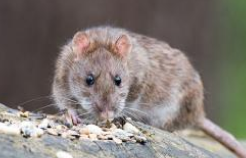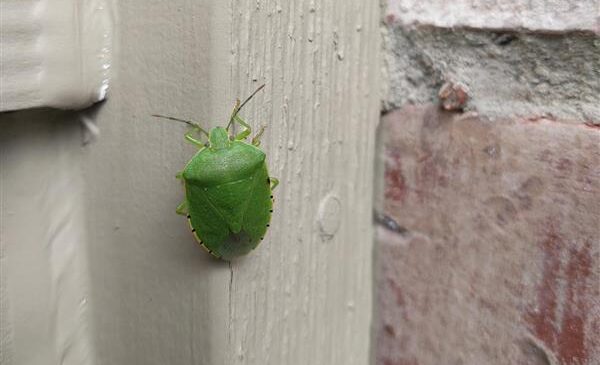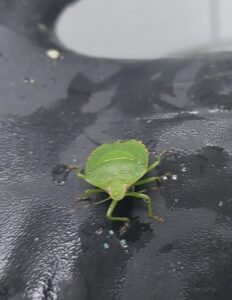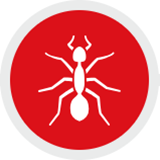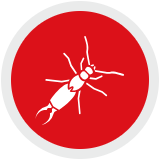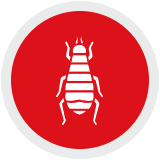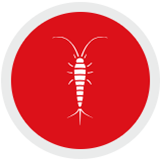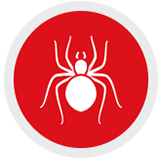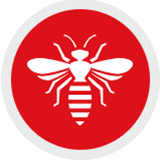In recent years, stink bugs have become one of the most recognizable fall pests in the Pacific Northwest. While they are harmless to people and homes, their presence indoors can be frustrating, especially due to the odor they release when disturbed. Understanding how to identify them, why they appear in fall, and what prevention measures are most effective is the key to keeping them under control.
How to Identify Stink Bugs
The most common species in our region is the Brown Marmorated Stink Bug. These pests are easily identified by their:
- Shield-shaped body, roughly ½ inch long.
- Mottled brown or gray coloring.
- Antennae with light-colored bands.
- Tendency to cluster in large groups on sunny walls.
A similar species, the Western Conifer Seed Bug, is often mistaken for stink bugs. These are more elongated, have leaf-like hind legs, and produce less noticeable odor, though their behavior is nearly identical.
Stink Bug Behavior
Stink bugs are Seasonal Invaders, meaning their appearance indoors is tied to changes in weather rather than food sources. As temperatures cool and days shorten, stink bugs gather on sunlit exterior walls. From there, they slip through small openings in siding, vents, or damaged screens to reach sheltered spaces such as attics, wall voids, and insulation.
During the winter months, stink bugs remain dormant. On warm, sunny days, however, they may become active and move into living spaces—often appearing near windows or lights as they attempt to return outdoors.
Are Stink Bugs Dangerous?
The good news: stink bugs are not harmful. They do not bite, sting, or spread disease, and they cause no structural damage to homes. Their impact is strictly nuisance-based:
- They emit a strong odor when crushed or handled.
- Large numbers can gather on walls or inside attics.
- Their presence indoors can be unsettling for homeowners.
Prevention Strategies
Stink bug prevention relies heavily on exclusion—blocking access before they enter. Effective steps include:
- Sealing gaps and cracks around siding, windows, and door frames.
- Replacing or repairing damaged screens.
- Installing door sweeps and weather-stripping.
- Reducing vegetation that makes direct contact with the home.
- Limiting outdoor lighting near entry points in the fall.
Exterior pest control treatments applied in late summer, or early fall can further reduce the likelihood of stink bugs moving indoors.
What to Do if Stink Bugs Are Already Inside
For small numbers, mechanical removal is the simplest option:
- Use a vacuum (with a disposable bag) to collect them.
- Flush individual bugs down the toilet or dispose of them outside.
- Avoid crushing them indoors to prevent odor release.
If sightings are frequent, the source is usually an attic or wall void infestation. In these cases, professional pest control is the most effective solution. Targeted treatments can address entry points and reduce the number of stink bugs making their way into living spaces.
In summary: Stink bugs in the Pacific Northwest are not a threat to health or property, but they can quickly become a nuisance each fall. Proactive prevention, combined with professional assistance when needed, is the best approach to keeping these pests out of your home.

 (425) 318-7912
(425) 318-7912
 MY ACCOUNT
MY ACCOUNT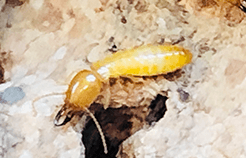
 425-318-7912
425-318-7912